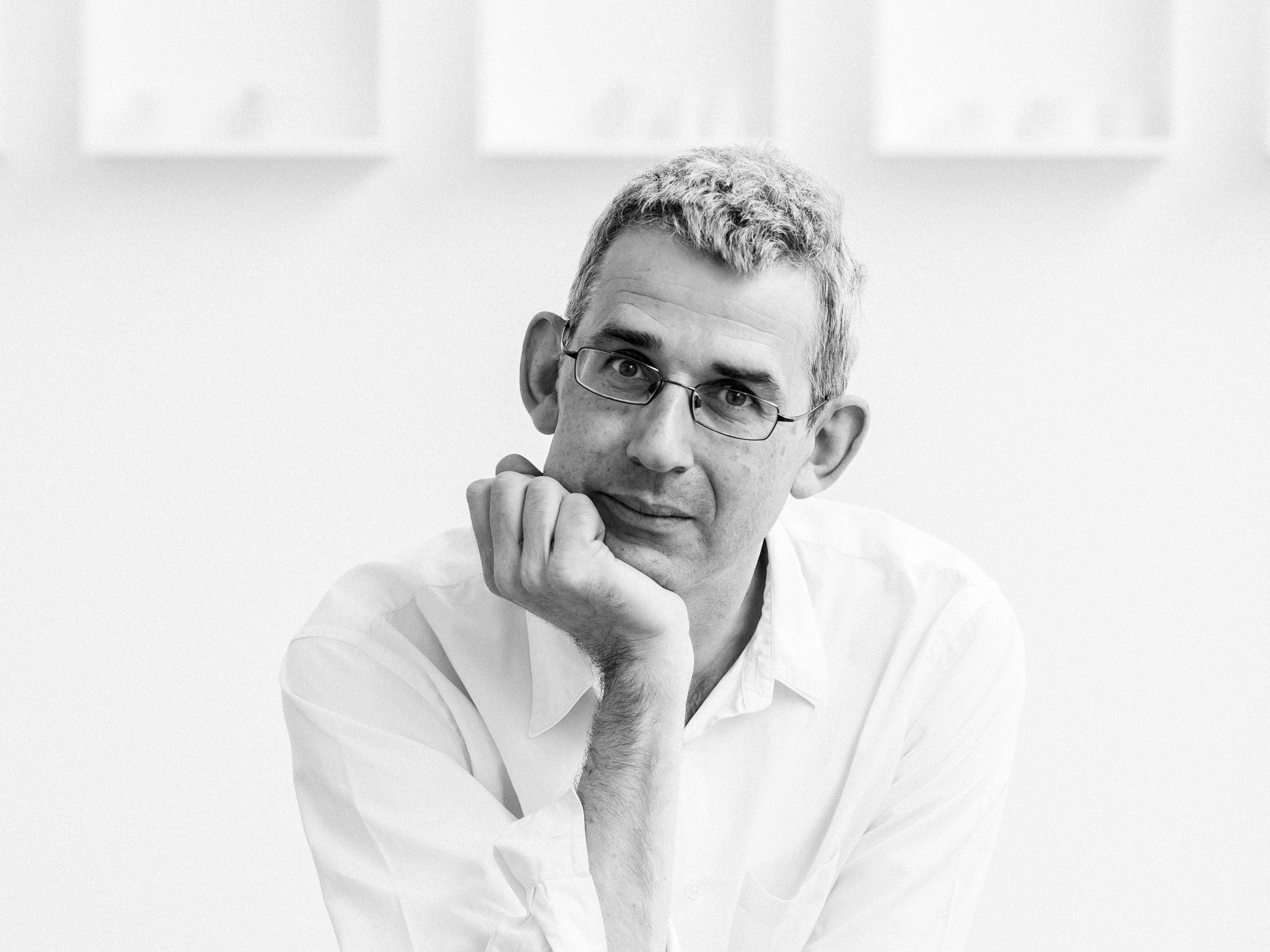The White Road: A Pilgrimage of Sorts by Edmund de Waal, book review
A mesmerising and cautionary tale about the obsessive pursuit of white china

Chatto & Windus, £20. » Order at £17 inc. p&p from the Independent Bookshop
Porcelain was first made in China a thousand years ago and from the very beginning, it was a source of obsession. The emperor Zhu Di, who seized the imperial throne in a bloody act of usurpation in 1402, slaughtering hundreds of relatives in the process, was so fascinated by its purity he commissioned a towering pagoda of white porcelain brick that rose nine storeys and was celebrated as one of the wonders of the world.
When porcelain arrived in Europe in the 17th century, Louis XIV followed suit, building a porcelain pavilion of his own in the grounds of Versailles for his mistress, the ravishing Mme de Montespan.
Augustus the Strong, Elector of Saxony, was so captivated by chinaware he declared himself a victim of "porcelain sickness". By the time of his death, he owned 35,798 pieces of porcelain.
For 500 years, no one in the West knew how porcelain was made. Only in 1708, in Dresden, was the mystery solved by the mathematician Ehrenfried Walther von Tschirnhaus and the alchemist Johann Friedrich Böttger, and then at great personal sacrifice.
The search consumed 20 years of Tschirnhaus's life in failed experiments and fruitless science. Two days after the first successful firing of porcelain in Europe, he dropped dead.
Even then, the process of manufacture remained so closely guarded in Dresden it took the Cornish pastor William Cookworthy another 20 years of trial, error and near bankruptcy to produce the first piece of porcelain in England.
As with The Hare with Amber Eyes, Edmund de Waal's best-selling debut, he spins a narrative in The White Road that is sweeping in scope – Venice, Versailles, Dublin, Dresden, the Appalachian mountains – and intimate in detail.
The book is written in the present tense and the immediacy of that approach brings to vivid life the accounts of those who were witness to the creation of porcelain through history; prospering from its supply or more commonly, made victim to the demands of its manufacture.
So why the fascination, the hunger, for this thing so delicate and plain? The wonder and curse of porcelain is that it is not a naturally occurring substance. You can't dig it out of the ground and mould it straight away like other forms of clay. It is a mix of two minerals, petunse and kaolin, which are hard to find and harder to combine. Fired together at temperatures above 1,300 degrees Celsius they produce a material of beguiling contradiction; soft and pliable at the potter's wheel but hard at the finish, translucent to the light but radiant with its own whiteness. A substance capable of captivating kings.
De Waal was given a lump of porcelain clay for the first time aged 17. He was drawn to it and has continued to work with it ever since, becoming along the way, one of the world's leading ceramic artists.
"It is light when most things are heavy, he writes in The White Road. "It rings clear when you tap it. You can see the sunlight shine through. It is in the category of materials that turn objects into something else. It is alchemy."
The White Road is a journey to the source of an obsession; "a pilgrimage of sorts" to the "three white hills" in Jingdzhen, China; Dresden; and Plymouth, where porcelain was invented and reinvented across a millennia.
He visits Dachau concentration camp, where the SS, under Himmler's command, ran their own porcelain factory with slave labour provided by the prisoners.
Listening with de Waal to the testimony of a camp survivor who produced the kitsch statues of stags and Alsatians and muscled, shirtless youth prized by the Nazi high command while the trains arrived at the gates "full of the dead and dying" is heart-breaking.
And it brings to mind de Waal's warning at the start of the book about the "dangers of an obsession with white, the pull towards something so pure" that it seems to exist beyond morality. The White Road is a mesmerising and finely wrought work. It is also a cautionary tale about the price of beauty pursued at any cost.
Join our commenting forum
Join thought-provoking conversations, follow other Independent readers and see their replies
Comments